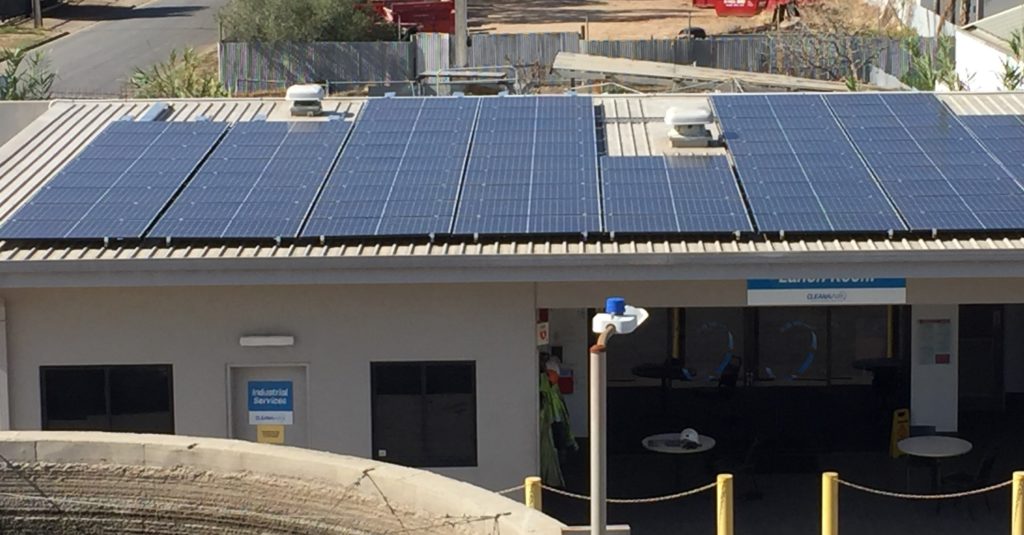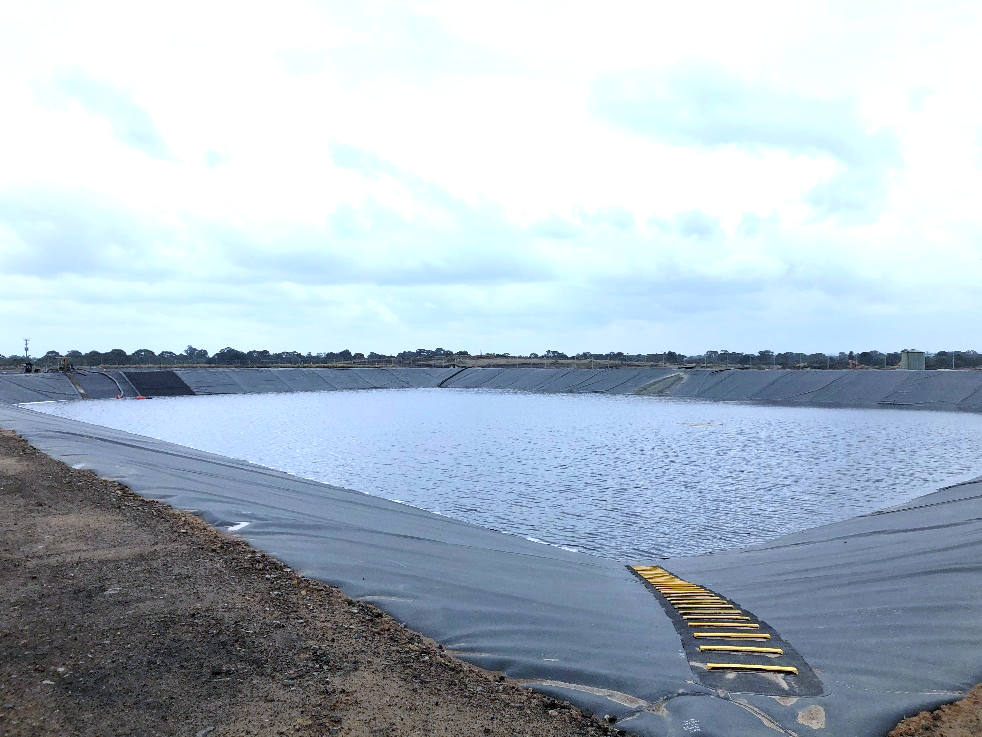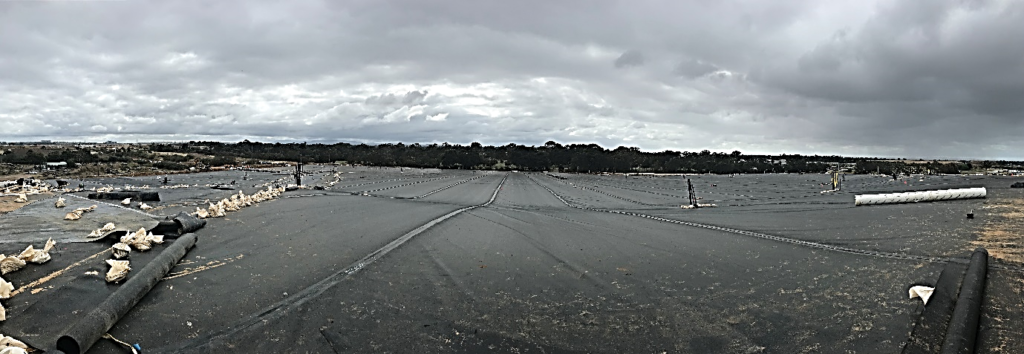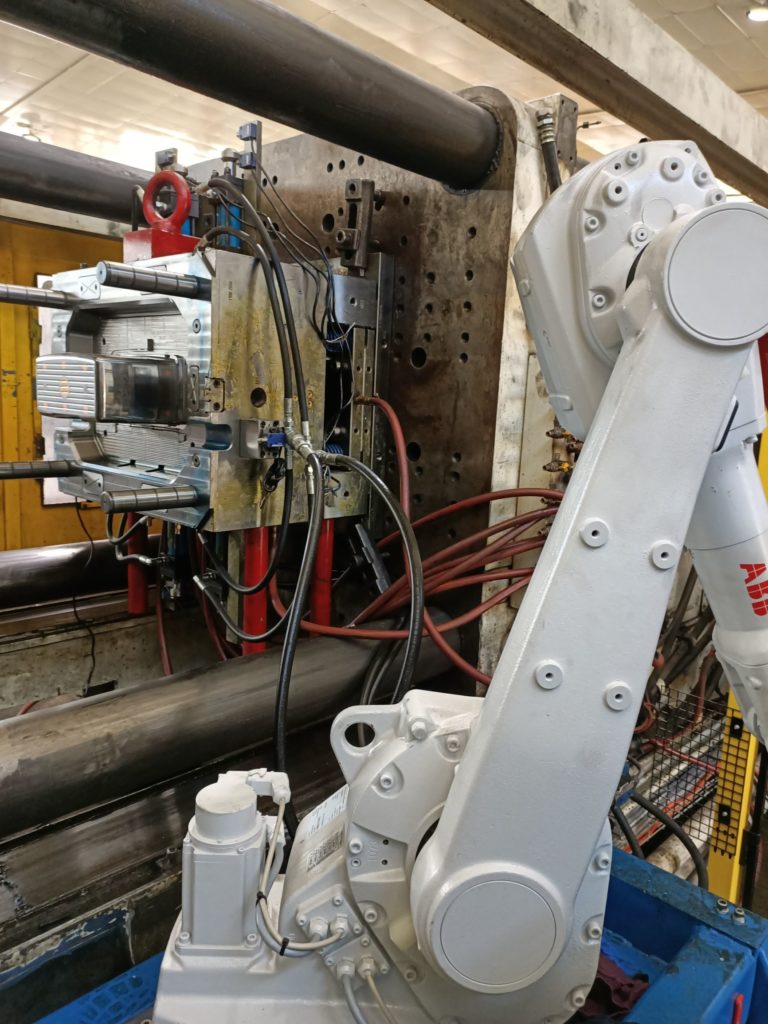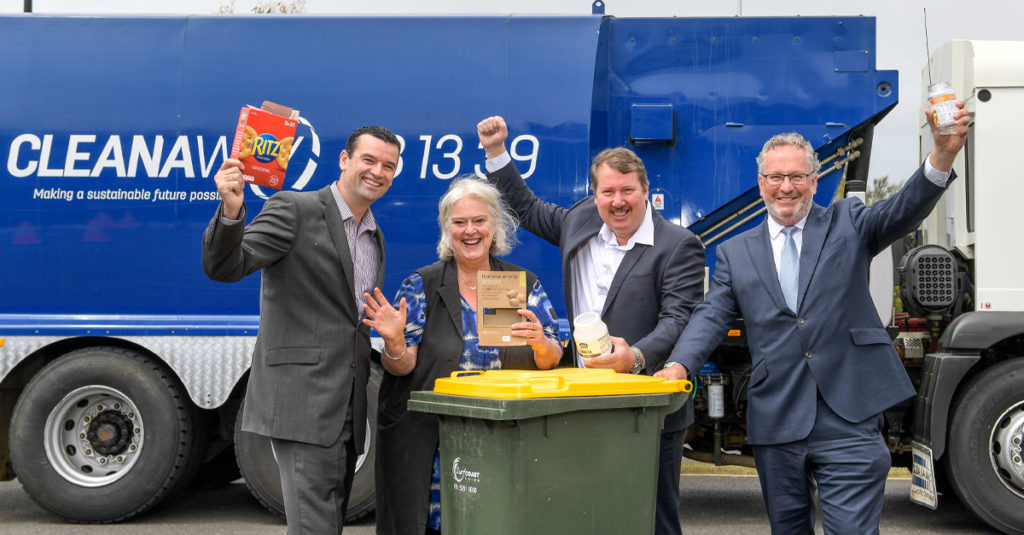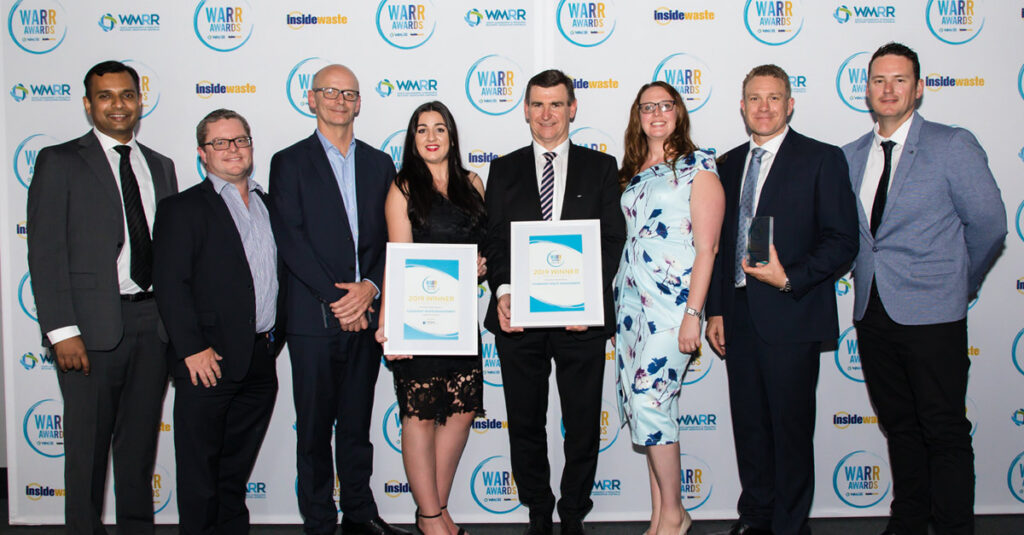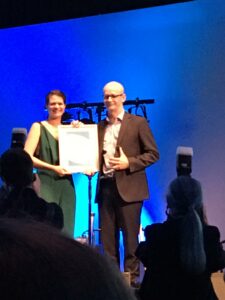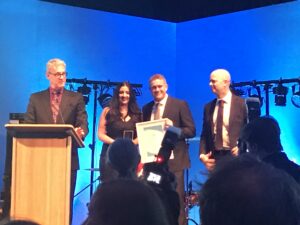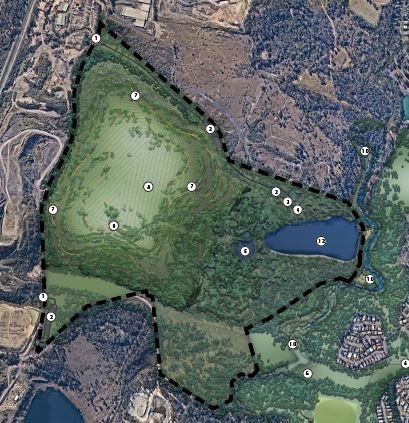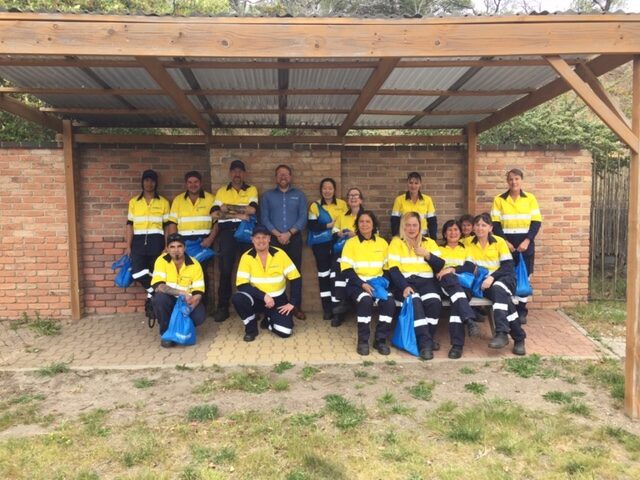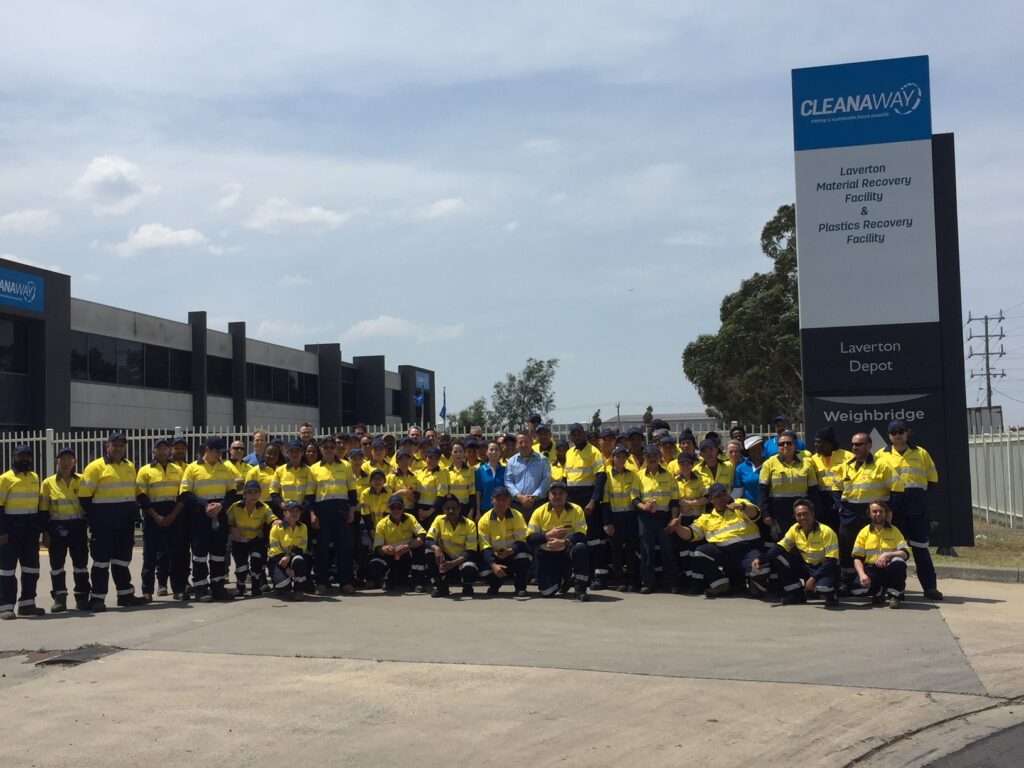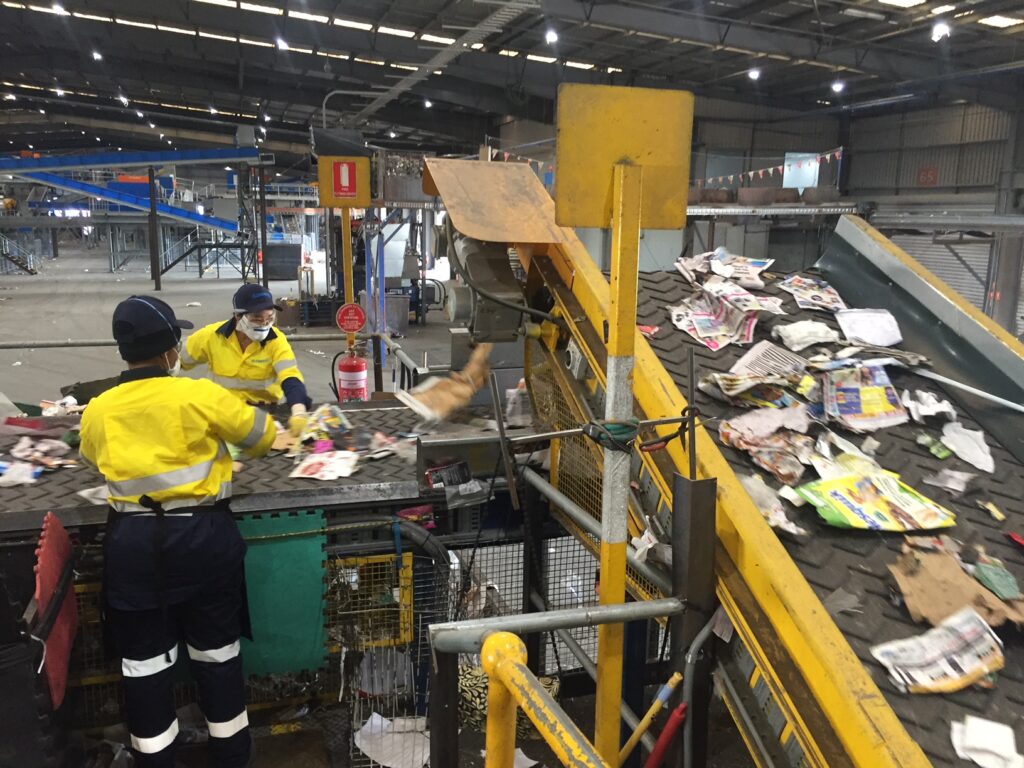“At Cleanaway we have seen firsthand the environmental, economic and social benefits of a container return scheme. A system that encourages consumers to separate recycling at the point of disposal improves the quality of the recyclable material, which makes it an even more valuable commodity for reuse."
“At Cleanaway we have seen firsthand the environmental, economic and social benefits of a container return scheme. A system that encourages consumers to separate recycling at the point of disposal improves the quality of the recyclable material, which makes it an even more valuable commodity for reuse."
Cleanaway welcomes today’s announcement by the Victorian Government that a Container Deposit Scheme will be introduced in Victoria.
“I congratulate the Andrews Government on today’s announcement of a Victorian Container Deposit Scheme. This is a step in the right direction towards achieving a circular economy,” said Cleanaway’s CEO and Managing Director Vik Bansal.
“At Cleanaway we have seen firsthand the environmental, economic and social benefits of a container return scheme. A system that encourages consumers to separate recycling at the point of disposal improves the quality of the recyclable material, which makes it an even more valuable commodity for reuse.”
“NSW’s ‘Return and Earn’ Scheme has just seen their 3 billionth container returned in just over two years, with 635 return points available across the state. 100% of the material that is processed through our NSW Eastern Creek facility is sent to recyclers to be turned into new products.” Mr Bansal said.
“The Scheme has also mobilised communities to clean up their local parks and waterways, showing up to 57% reduction in drinks container litter and an annual average of 40% reduction since the Scheme began in 2017.”
Cleanaway supports the Victorian Government’s initiatives to improve the quality of recyclable material across the state.
“The introduction of a fourth recycling bin for glass is expected to reduce contamination and create a cleaner commodity stream. This, in turn, means more materials will be recycled and opens up opportunities for a circular economy for glass.” Mr Bansal explained.
Cleanaway also welcomes the announcement by the Andrew’s Government of standardisation of bin lid colours.
“Harmonisation of bin lid colours reduces confusion about which bin to use, which will reduce contamination of comingled recycling. Consistency of bin lid colours will also improve education of the public by enabling a coordinated recycling campaign.” said Mr Bansal.
Cleanaway looks forward to working closely with the Andrew’s Government towards a circular economy and a sustainable future.
Learn more about NSW’s container deposit scheme here.
Contact us to find out how we make a sustainable future possible for communities across Australia.
